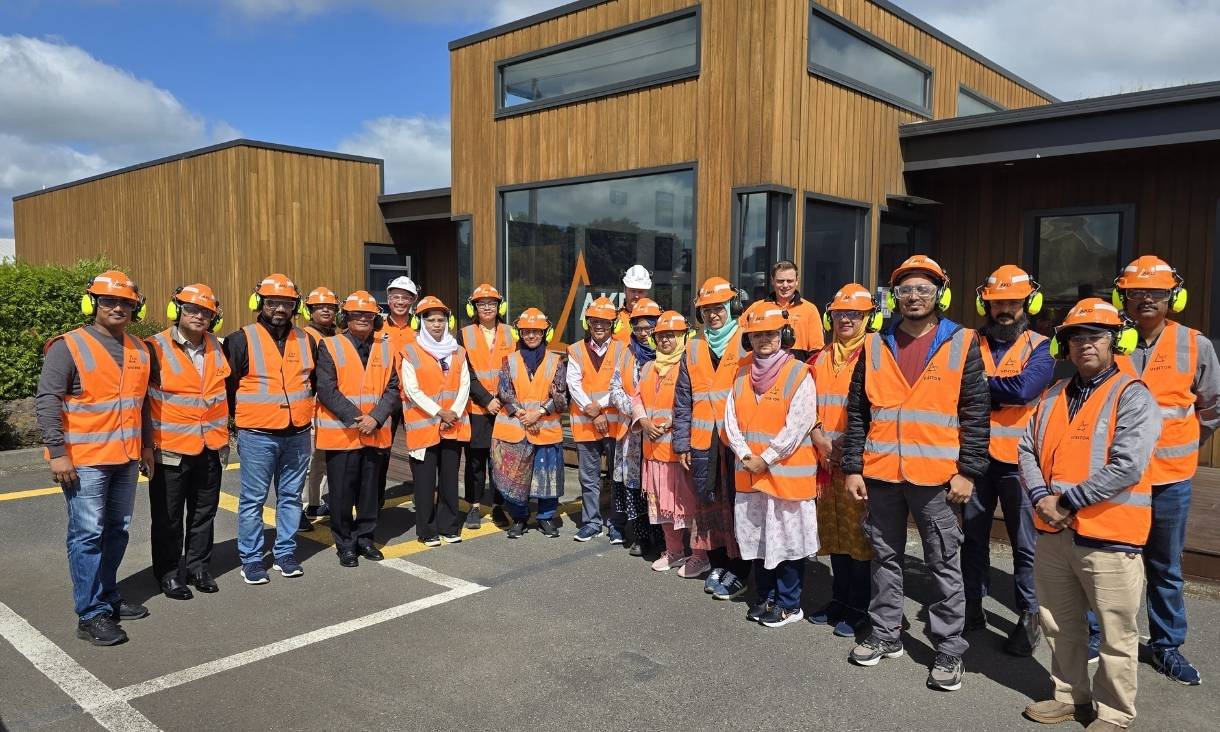The first agenda item of the daily team meeting each morning was developing the day’s menu. Sharing meals encouraged social cohesion.
My research involved detailing the quantities and nutritional profile of our food waste over the fortnight, comparing inputs with the waste generated.
I collected data for spoilage, preparation and “plate waste” – the food served but not eaten. It was a painstaking process. For each meal, I weighed chopping boards, pots, pans, dishes and utensils containing food scraps. I then washed, dried and reweighed them.
I calculated macronutrients (the main nutrients in the food we eat) as well as micronutrients (those needed by living organisms in tiny amounts).
Food: appreciated, but wasted
Australian households waste around 1.325 kilograms of food each week; our crew produced less than one-tenth of that.
This is not surprising as the food supplied was not perishable, being either dehydrated or tinned. Most waste (86%) was produced during preparation (for example, thick soup stuck to a pot) and 12% was left on plates.
The need to rehydrate food and then cook large meals suitable for sharing (such as rice and pasta) meant food was commonly left in pots and pans. They are stickier, and the food is more commonly overproduced.
Carbohydrates were wasted more than fats or proteins. Carbohydrates such as rice, spaghetti and flour comprised 57% of the total food supply but contributed 63% of waste.
This is not unusual – carbohydrates provide less nutrient density but more bulk than protein or fats, and are often cheaper. We value individual items in a meal subjectively, and sometimes consciously ensure the most valuable components are fully consumed.
Affluent societies, where food is assured, may not see reducing waste as a necessity, or may value time saving, illness prevention, or freshness over waste avoidance.
But research has shown less waste occurs when food availability is constrained, such as during economic downturns. But even then, some food is still wasted.
Getting the results right
I didn’t want my own low-waste food behaviour to influence my fellow crew members. So unlike them, I consumed a protein shake-based meal for every meal. Monotonous, but necessary to avoid skewed results.
But my colleagues knew I was monitoring them, and they modified their behaviour - a phenomenon known as the Hawthorne Effect.
One crew member said he was conscious to waste less food during preparation and dining. Another said being observed liberated him to dine like he would at home, cleaning his plate entirely, rather than leaving some uneaten (a social custom in some cultures).
The third crew member began keeping water used to rehydrate one meal, and using it to rehydrate the next meal – something he might not have done if not being observed.
This indicates my results probably underestimated how much food would be wasted in an unmonitored scenario.
It’s worth noting our crew wasn’t trained in food and nutrient waste minimisation; trained Mars astronauts may produce less waste.





.jpg)


